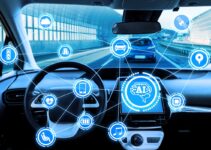Lawmakers are beginning to scrutinize a slow-moving federal EV program that has received billions in funding while making minimal progress.
Taking Aim at EV Program
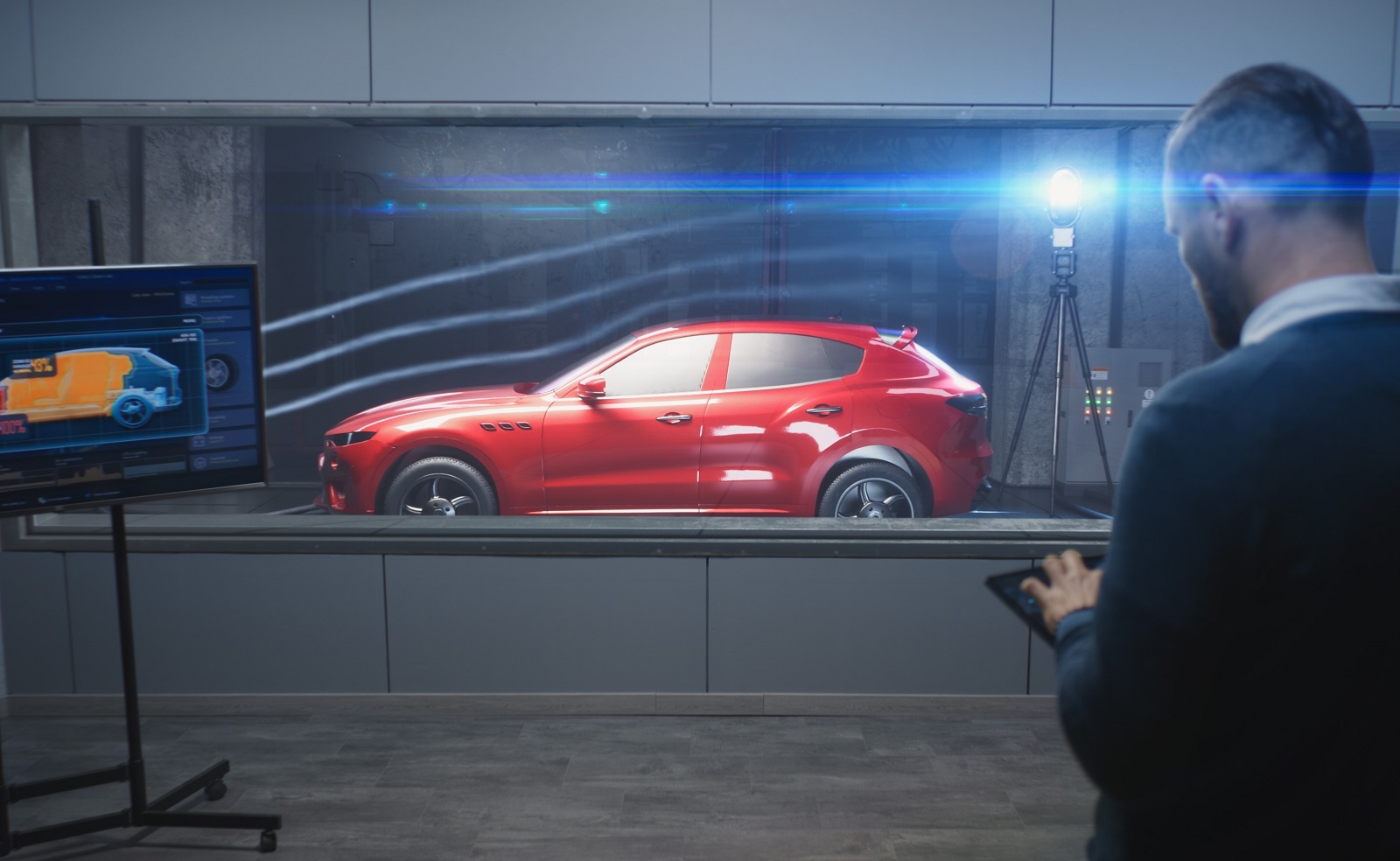
Image Credit: Shutterstock / Frame Stock Footage
A Democratic senator has pilloried a government program that has deployed only seven functional EV-charging stations, saying that the billion-dollar program is not working fast enough.
Senate Environment and Public Works Committee
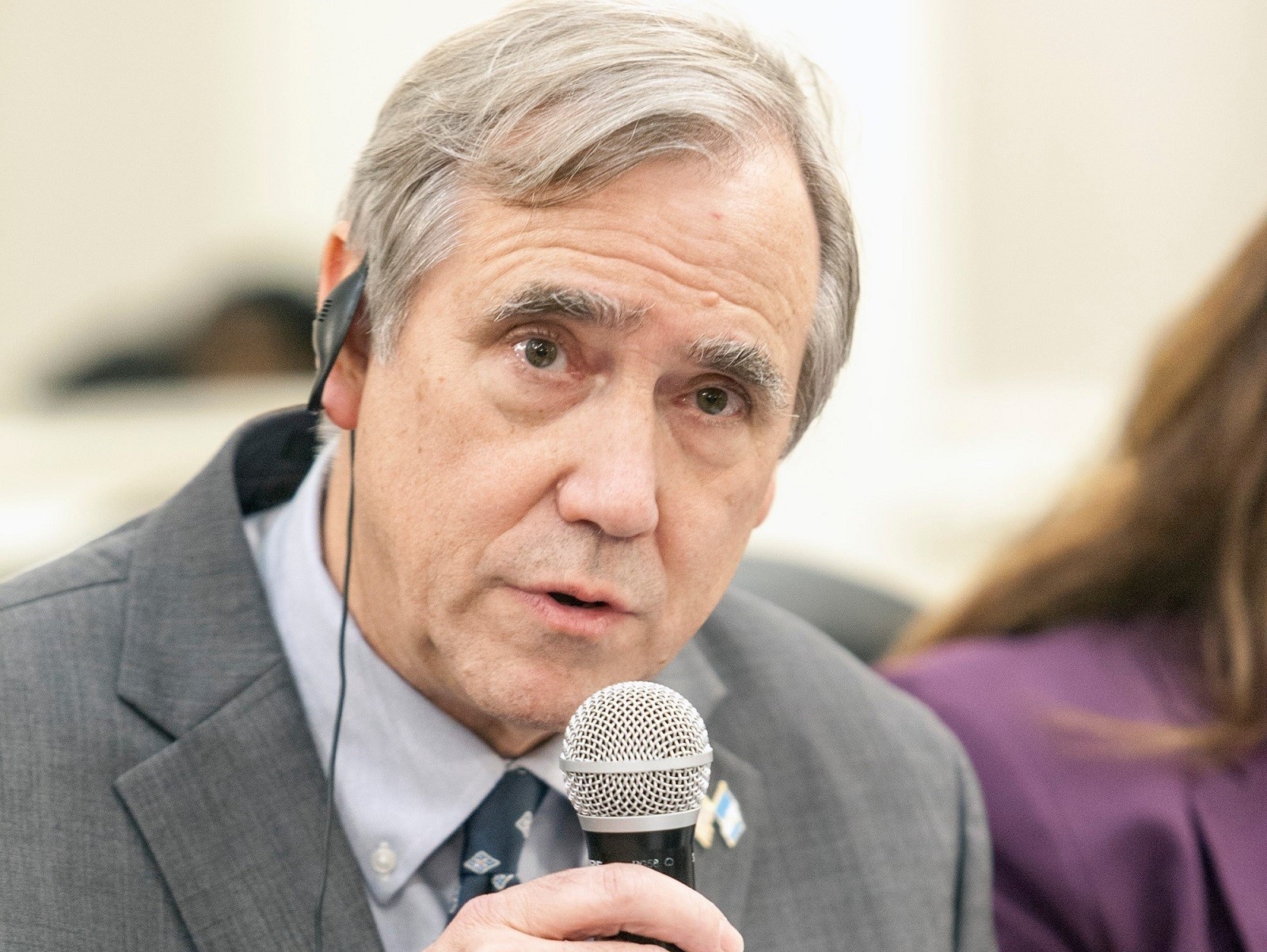
Image Credit: Shutterstock / Daniel Hernandez-Salazar
On Wednesday Sen. Jeff Merkley (D-Ore.) took aim at the Biden administration during a Senate Environment and Public Works Committee hearing discussing Biden’s 2021 Bipartisan Infrastructure Law.
Running Far Behind the Goal
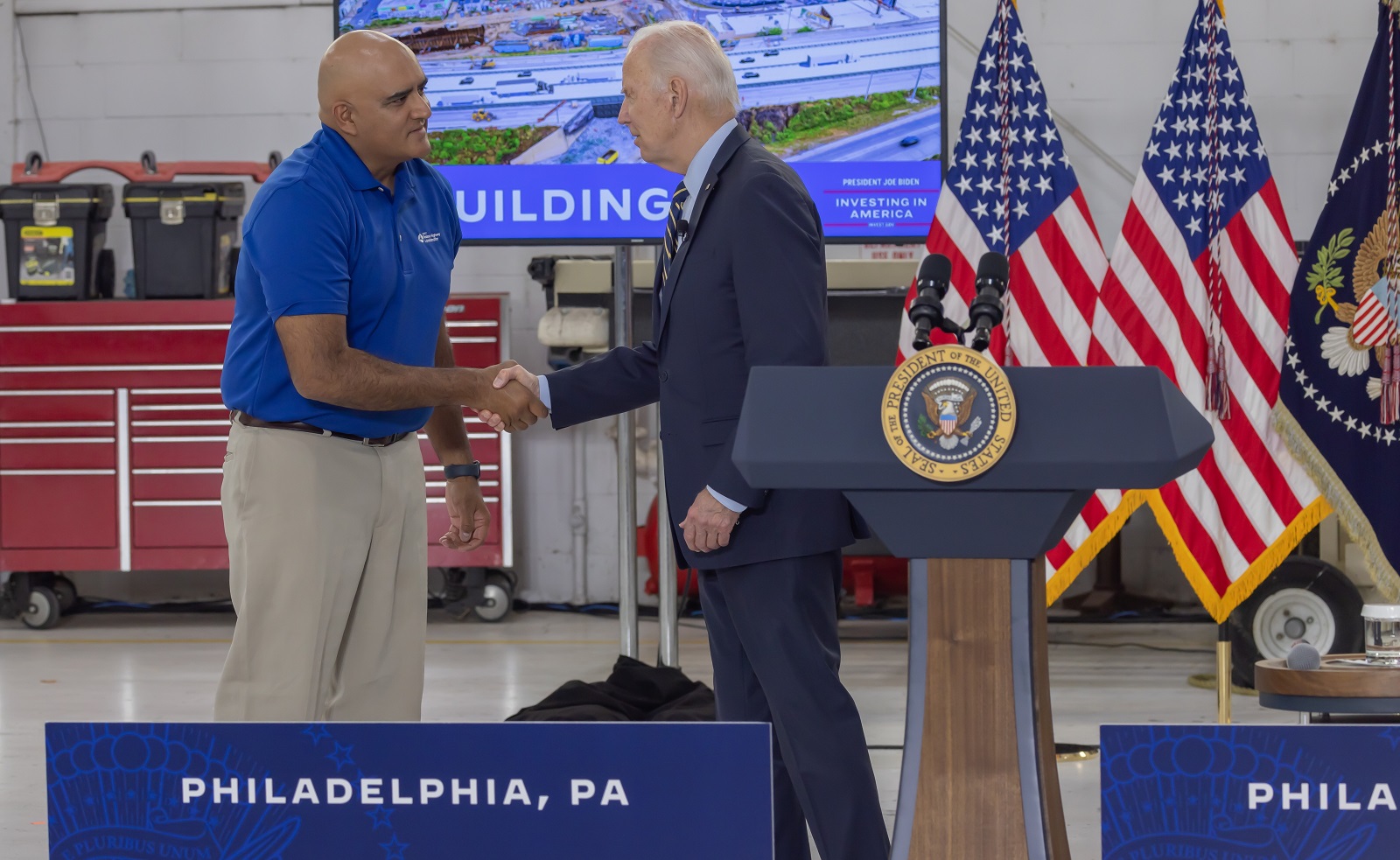
Image Credit: Shutterstock / Ben Von Klemperer
During the meeting, Federal Highway Administrator Shailen Bhatt explained that the program deployed fewer than 100 charging points for electric vehicles, despite plans to establish 500,000 by 2030.
“Something is Terribly Wrong”

Image Credit: Shutterstock / insta_photos
“That is pathetic. We’re now three years into this. … That is a vast administrative failure,” Senator Merkley responded. “Something is terribly wrong and it needs to be fixed.”
Only 7 Charging Stations
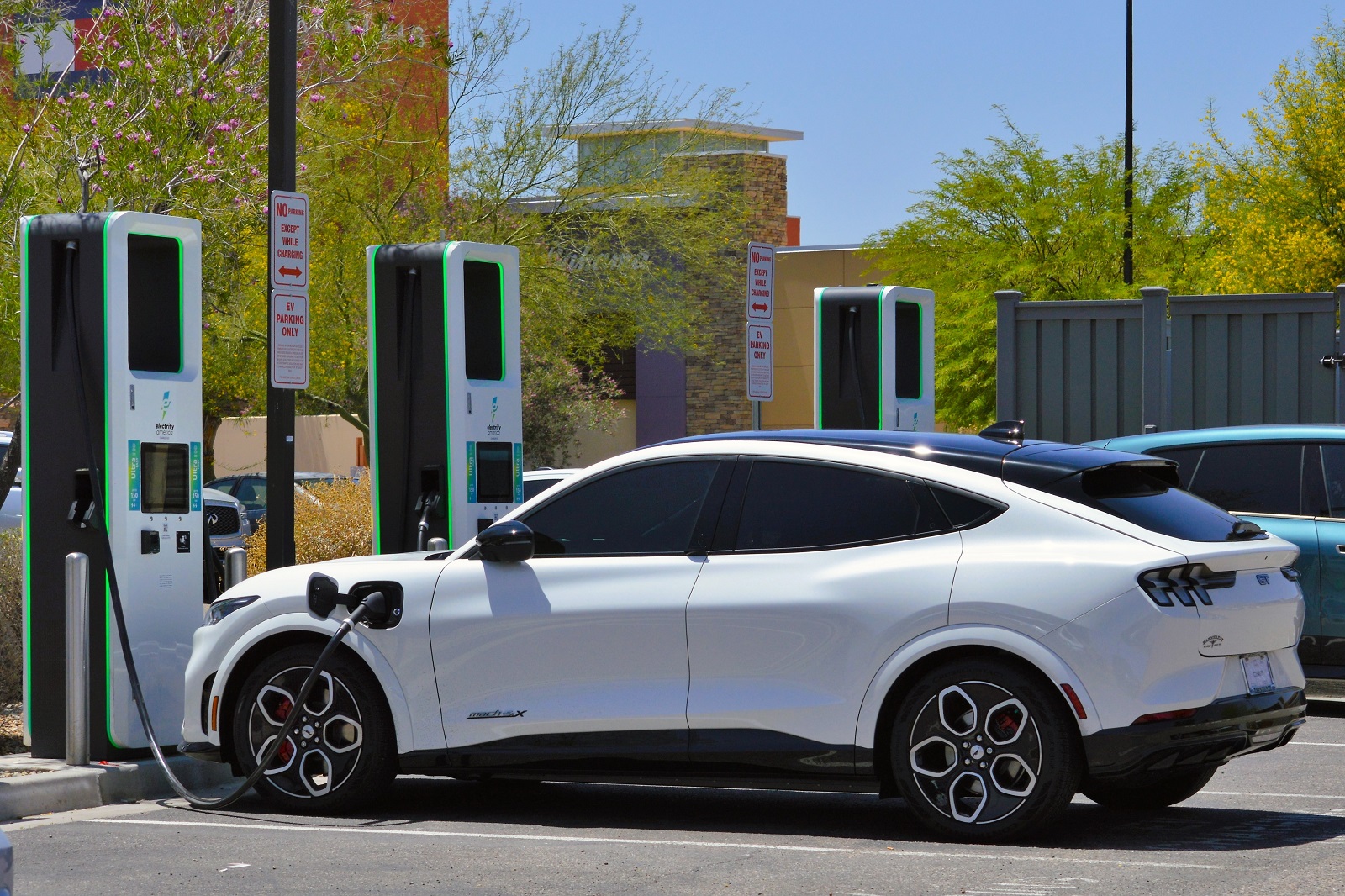
Image Credit: Shutterstock / Around the World Photos
Despite its launch in 2021, and receiving $5 billion in federal funding, the Bipartisan Infrastructure Law has only created seven EV-charging stations so far, each with one or two dozen charging ports.
A Nationwide Transition

Image Credit: Shutterstock / meeboonstudio
The program was launched to promote the nationwide transition to electric vehicles further, part of the Biden administration’s push to reduce greenhouse gas emissions over the next decade.
An Impossible Goal?
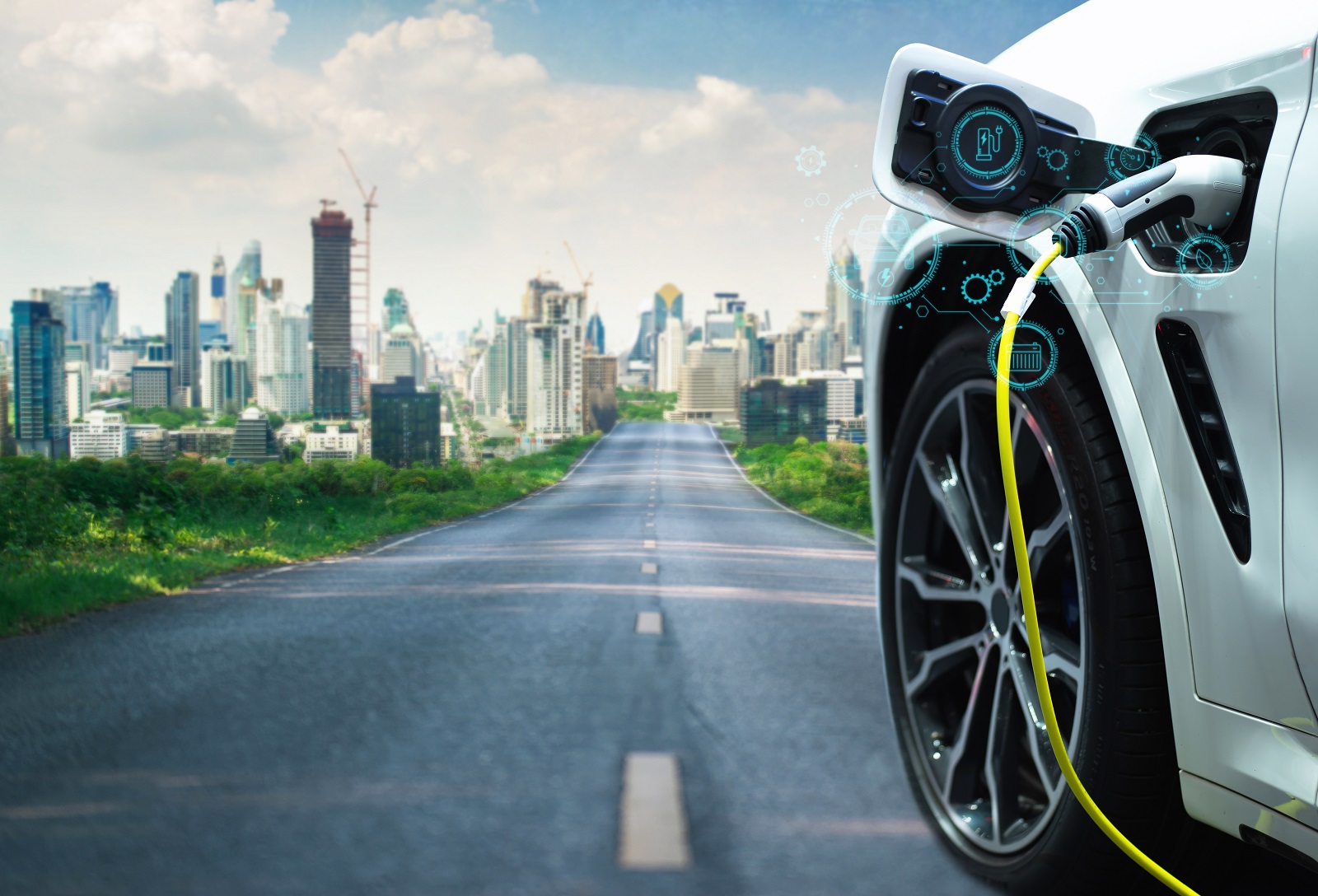
Image Credit: Shutterstock / CC7
Without adequate charging stations and ports, a full transition from full-powered vehicles will be impossible.
Across All Major Highways
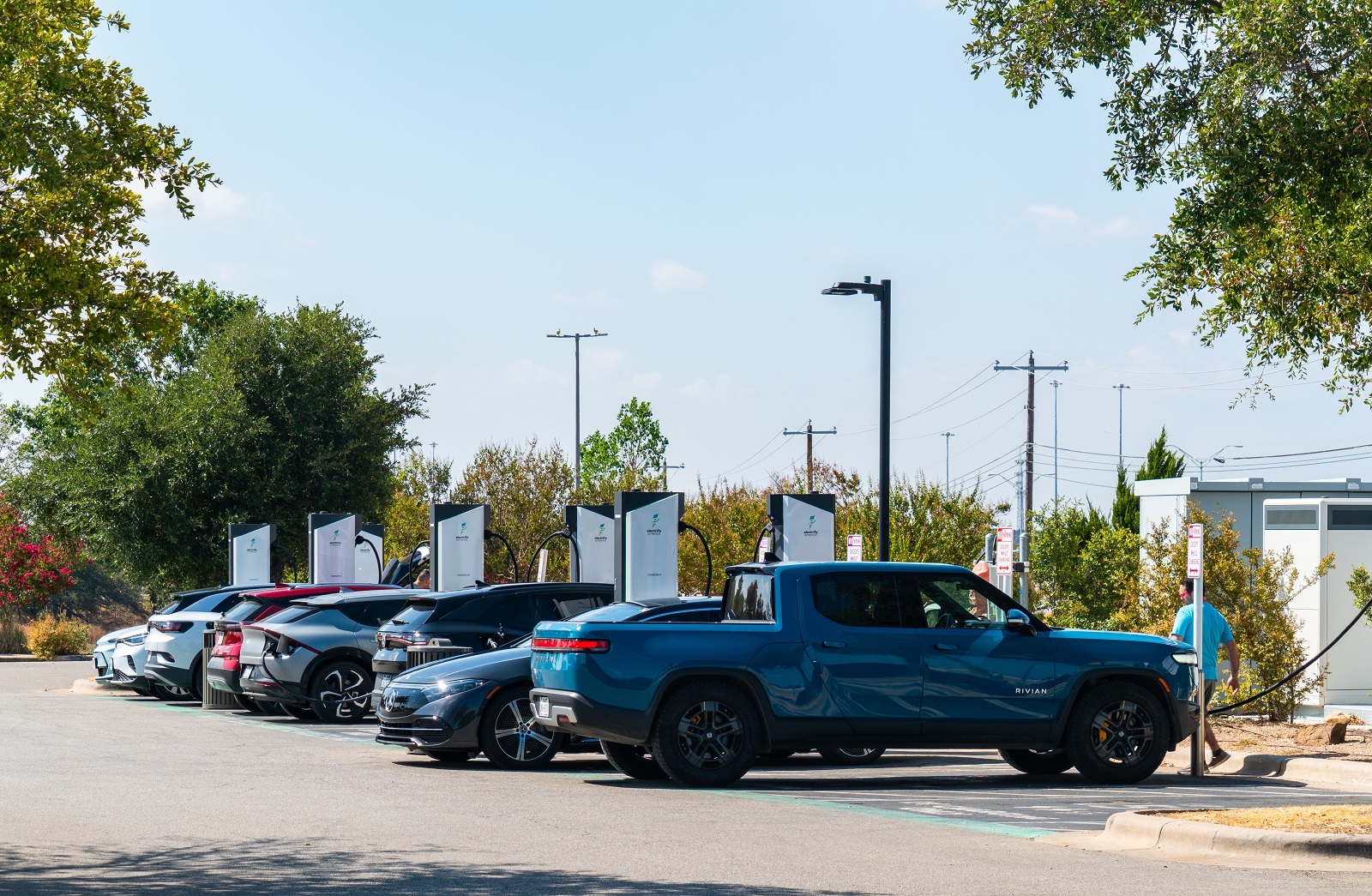
Image Credit: Shutterstock / Roschetzky Photography
Under the program, 500,000 EV charging ports will be deployed across the busiest highways in America, with no more than 50 miles between each station.
Under Fire

Image Credit: Shutterstock / Africa Studio
But the program has come under fire in recent months. Back in February, Republican lawmakers drew attention to the snails-pace of the program, and how “little progress has been made” in the last two years.
Restrictive Laws and Minimal Action

Image Credit: Shutterstock / Gumbariya
Merkley pointed out that his home state, Oregon, had yet to receive a single charging station during this time. He also fired off at federal laws that restricted EV charging stations from being installed at highway rest stops.
Possible Hearing on the Horizon
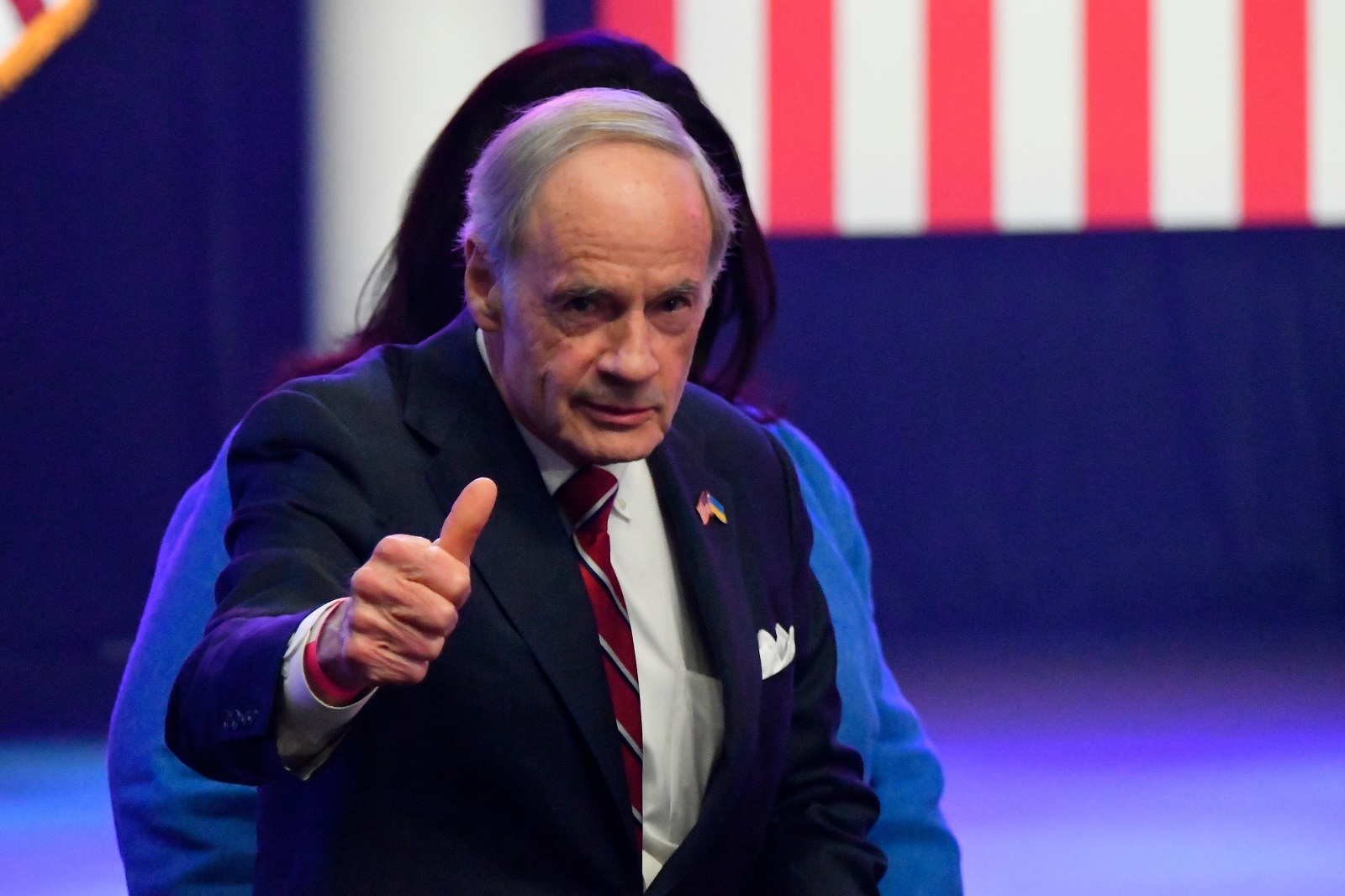
Image Credit: Shutterstock / OogImages
Fellow Democratic senator and committee chair for the EPW Tom Carper shared similar sentiments, declaring that he may hold a hearing via the committee on the issue.
Keeping an Eye on Funding
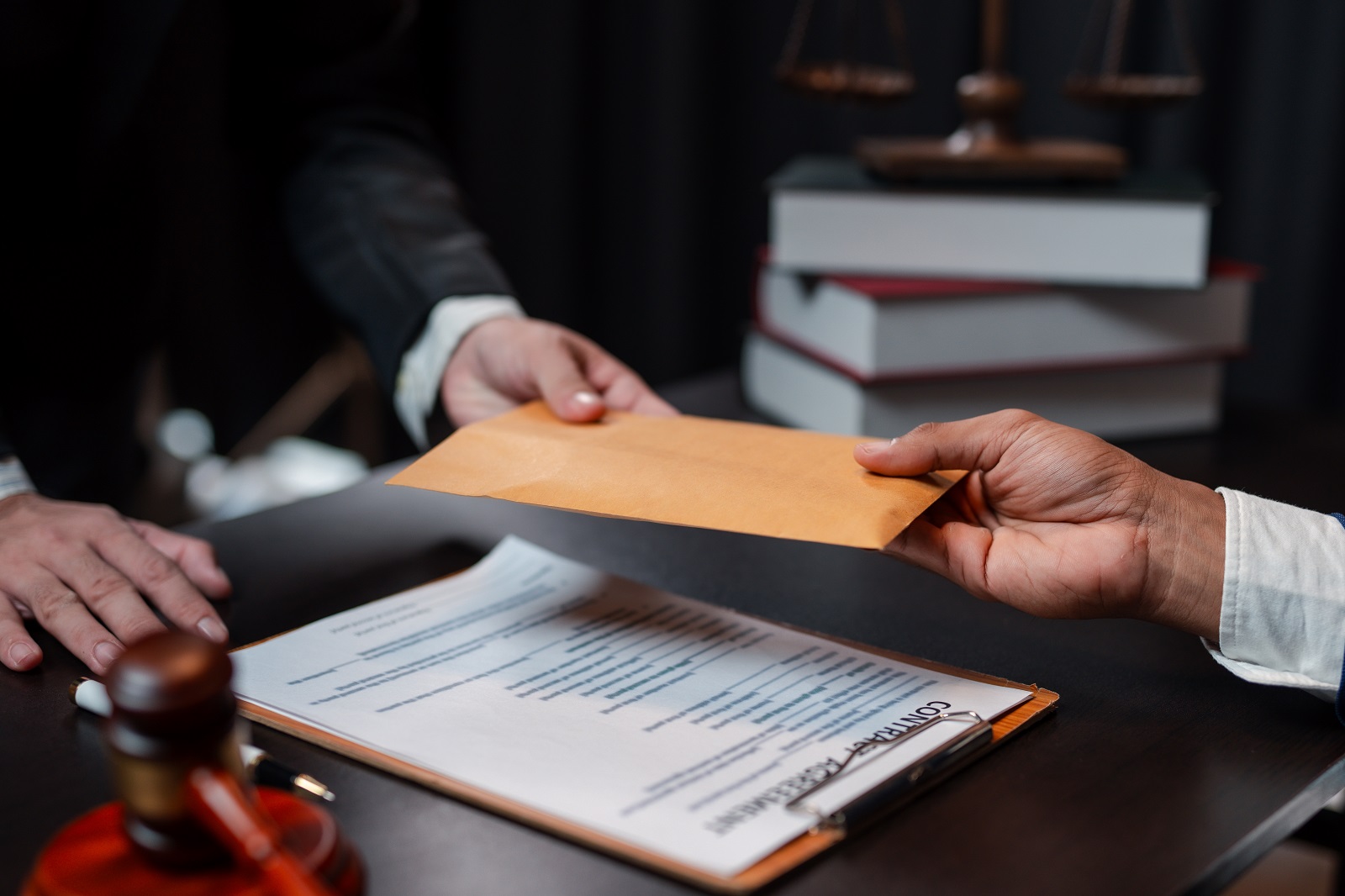
Image Credit: Shutterstock / Premreuthai
“We want to make sure that the federal money that we have allocated is being used for the right purposes,” he added.
Understandable Frustrations

Image Credit: Shutterstock / wellphoto
“I share your frustration around the speed of the deployment,” Bhatt responded. He explained the difficulties of collaboration with different states to make sure chargers could be deployed and shared expectations that thousands of charging points should be available under the program by the end of the year.
“A Number of Problems”
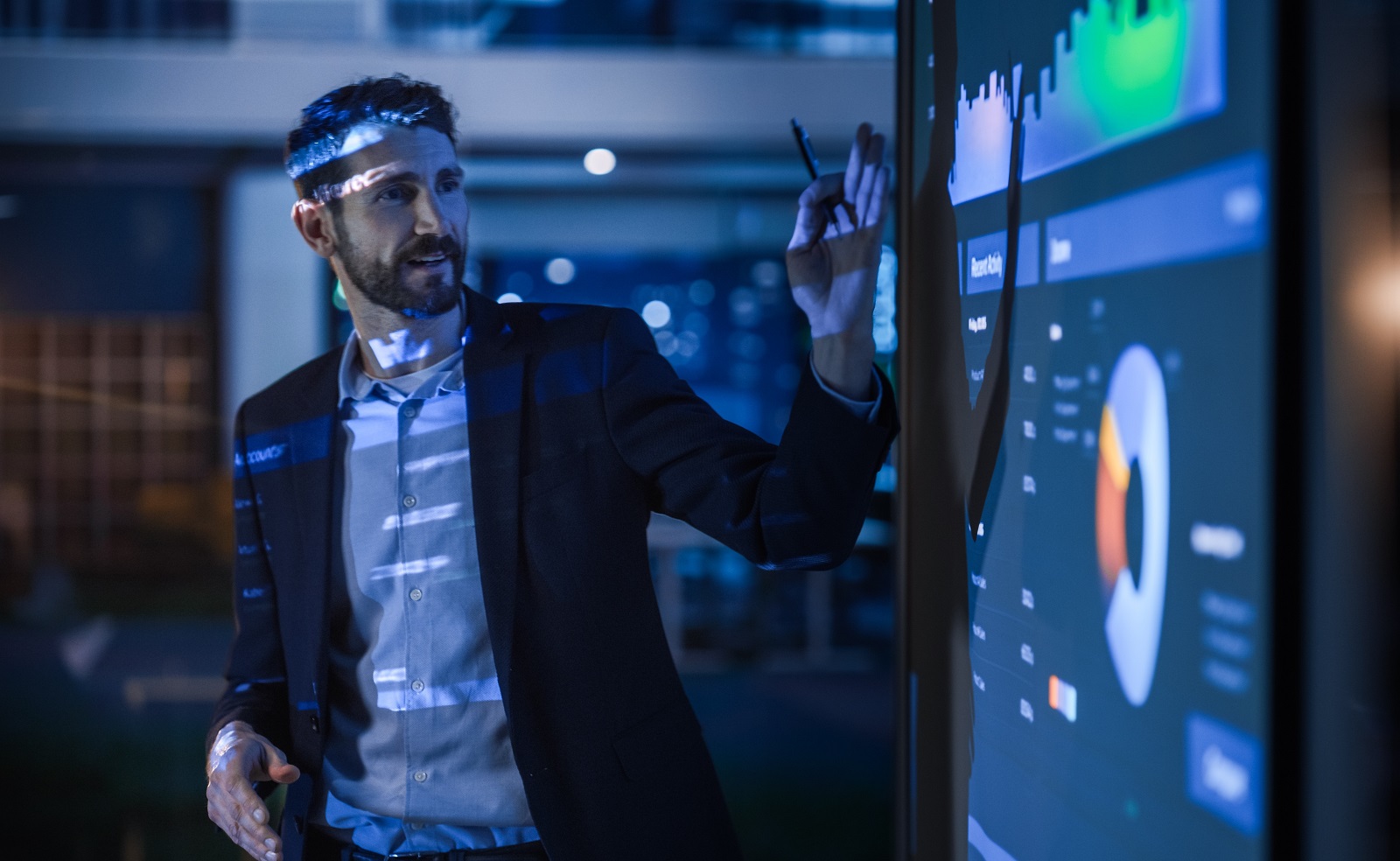
Image Credit: Shutterstock / Gorodenkoff
“There are a number of problems,” he added, referring to the multiple EV-related programs that different states are working with.
27 States File Requests

Image Credit: Shutterstock / lev radin
According to US Energy Secretary Jennifer Granholm, as of Tuesday 27 states have formally requested to build charging stations. At least 1,000 more EV-charging stations are expected to be up and running by the end of the year in public spaces throughout the country.
90% Increase in EV Ports

Image Credit: Shutterstock / buffaloboy
While the pace of the program has been slow, the US has also seen a 90% increase in publicly available fast-charging ports for EVs under the Biden administration. The US now has 183,000 public ports across the country, according to Bhatt.
Some Are Confident
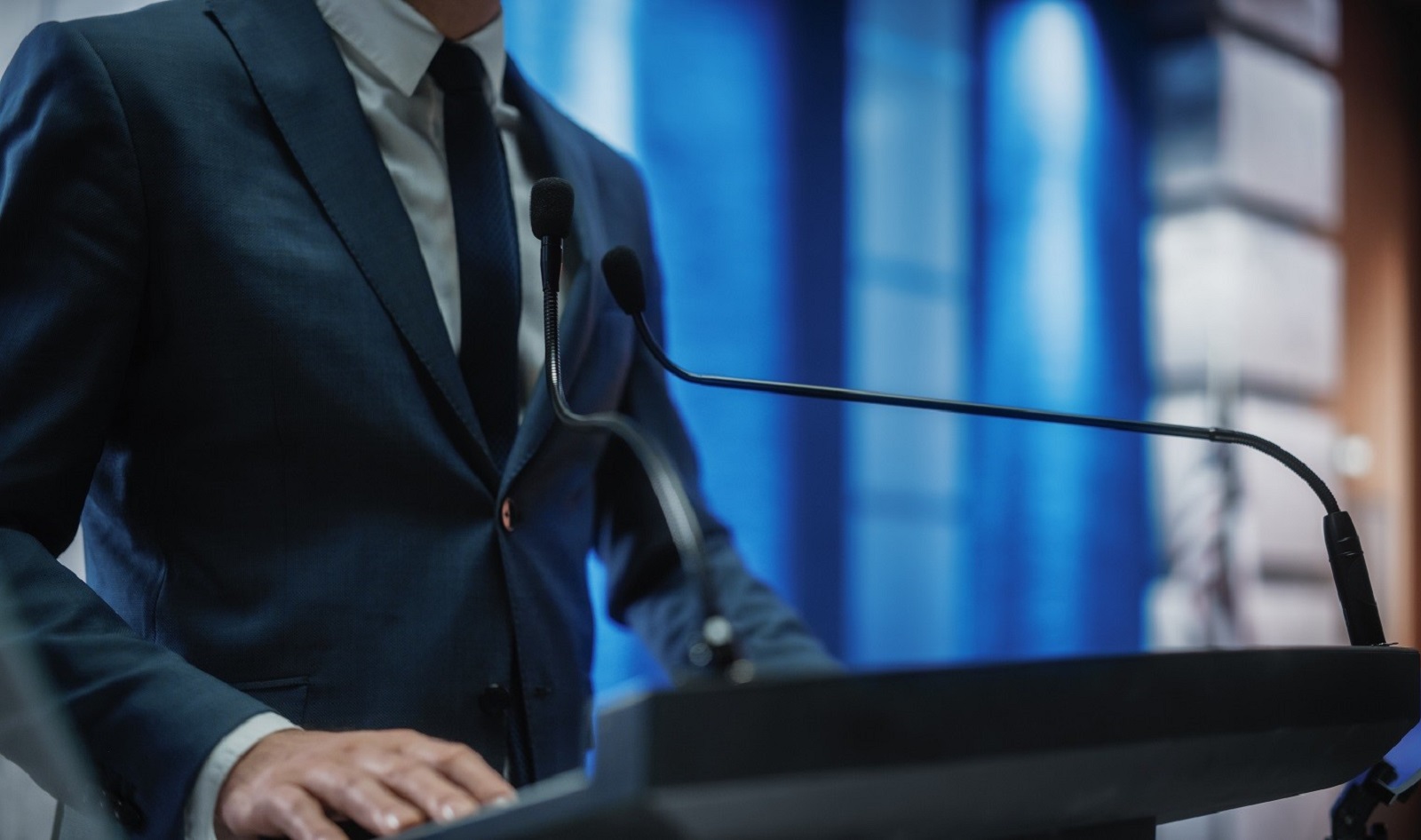
Image Credit: Shutterstock / Gorodenkoff
During the meeting, Bhatt expressed his confidence that the administration would reach its goal of half a million by the end of 2030.
More Environmental Initiatives

Image Credit: Shutterstock / Juicy FOTO
In recent years, steeper initiatives to reduce greenhouse gas emissions and establish goals to combat climate change have been instituted at both a federal and state level, with the Biden administration enacting a series of executive orders.
Protecting Communities and Promoting the Industry
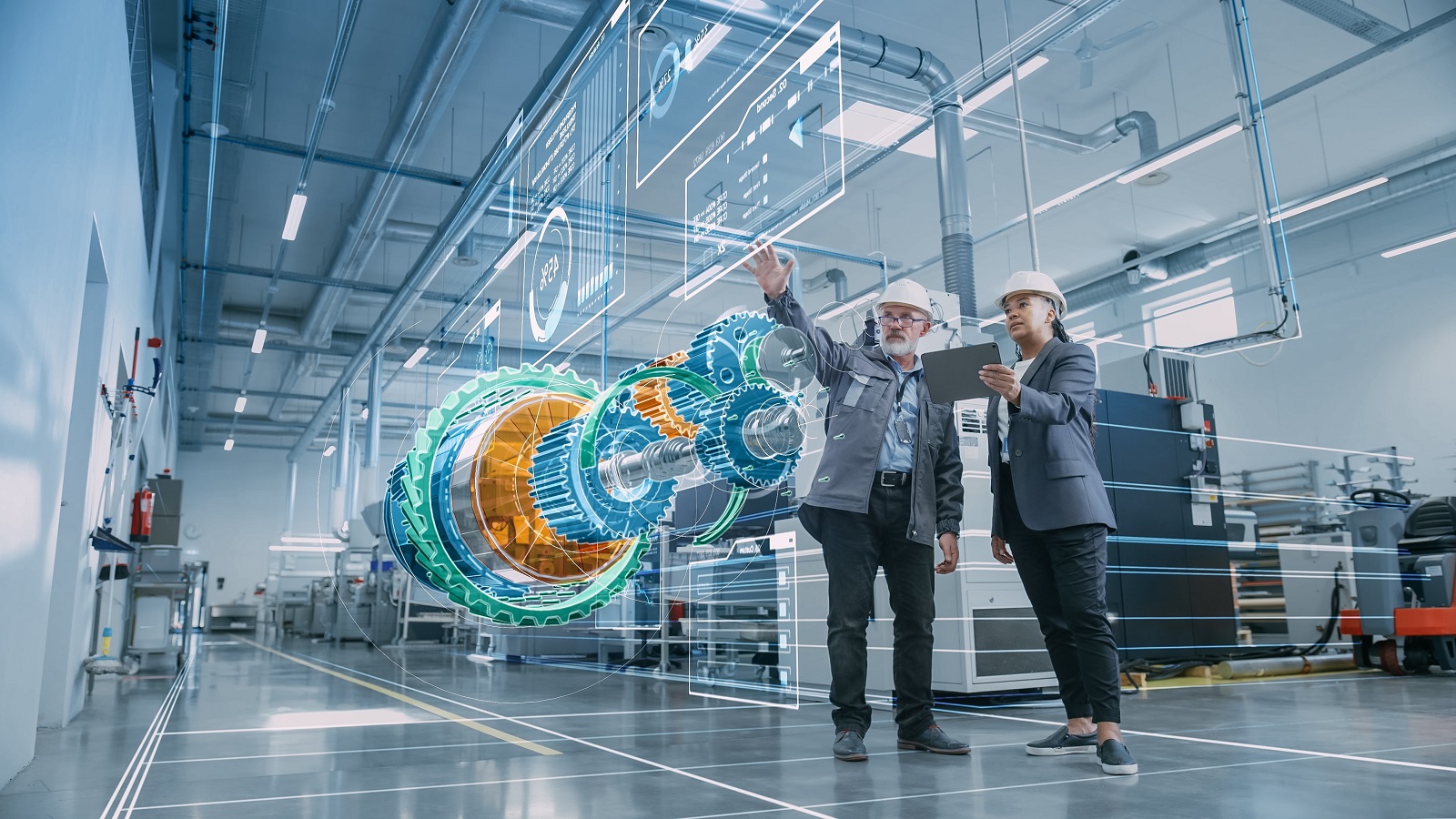
Image Credit: Shutterstock / Gorodenkoff
These include initiatives to protect communities from the worst environmental effects of climate change, as well as aiming to provide hundreds of thousands of jobs through the expanding clean energy industry.
California Leads the Charge
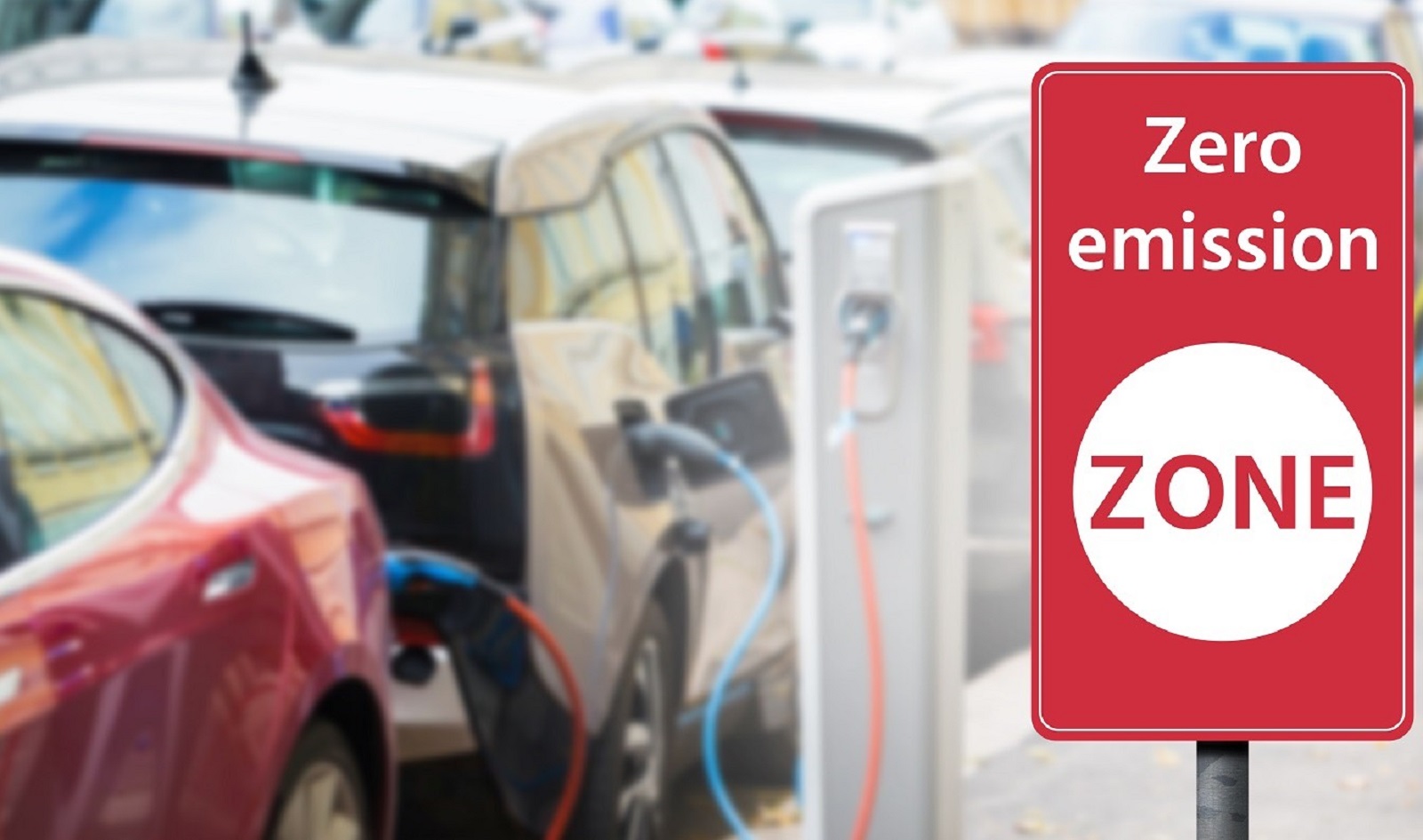
Image Credit: Shutterstock / Scharfsinn
California has also been a major driver in reducing state pollution and promoting electric vehicle usage, including an order that 100% percent of car sales in California will be zero-emission vehicles (ZEVs) by 2035.
2024’s Most Anticipated Car Releases: What’s Coming Soon

Image Credit: Shutterstock / canadianPhotographer56
If you love cars, 2024 is shaping up to be an exciting year. New models are rolling out with more power, better tech, and some fresh designs that could change the game. Here’s the scoop on the top cars hitting the streets soon. 2024’s Most Anticipated Car Releases: What’s Coming Soon
21 Mods That Make Your Car Illegal
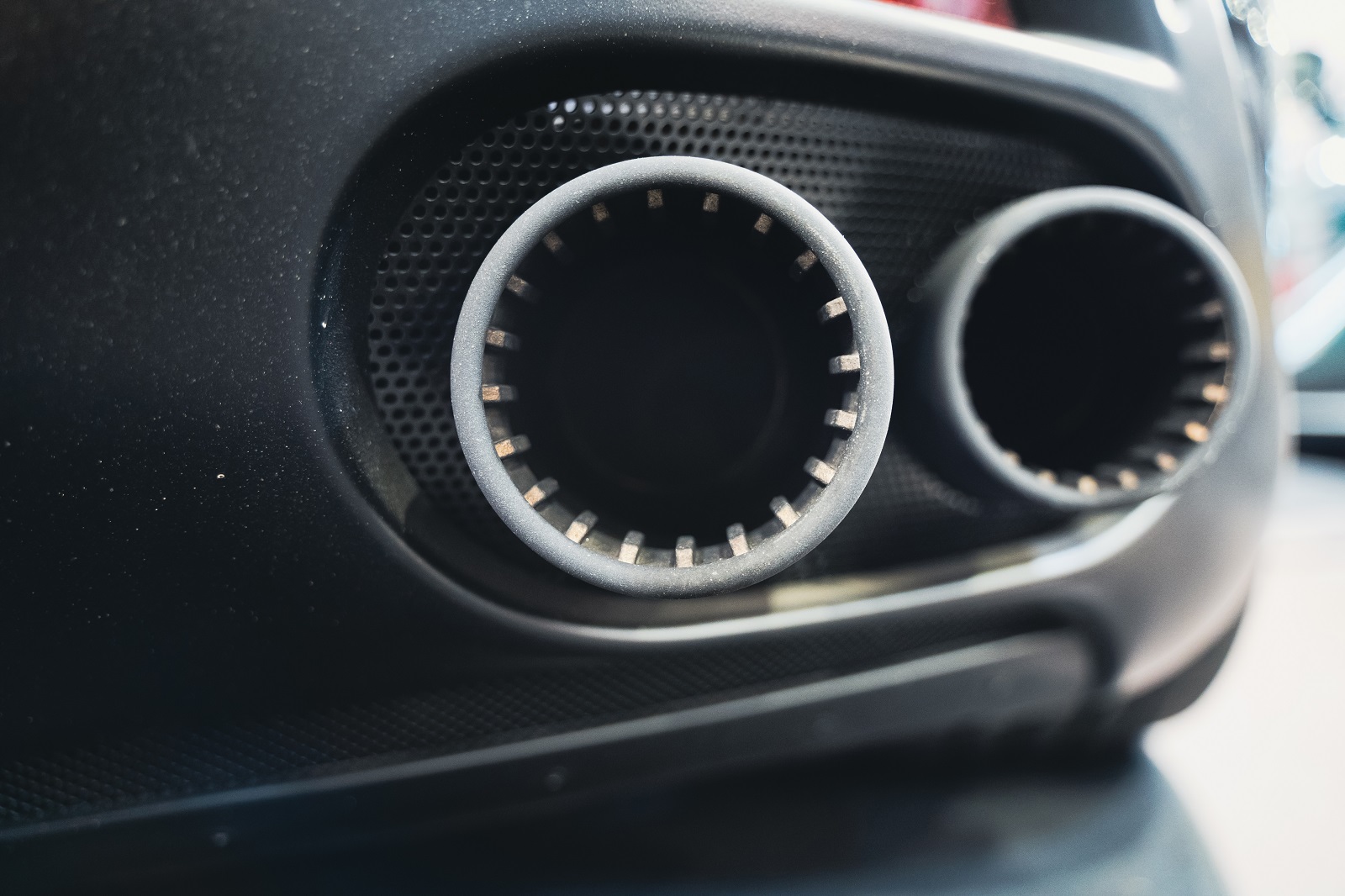
Image Credit: Shutterstock / macondo
Car modifications can enhance style and performance, but not all modifications are legal. Here are 21 illegal car modifications that can get you in trouble with the law across various states. 21 Mods That Make Your Car Illegal
10 American Classic Cars That Define a Generation
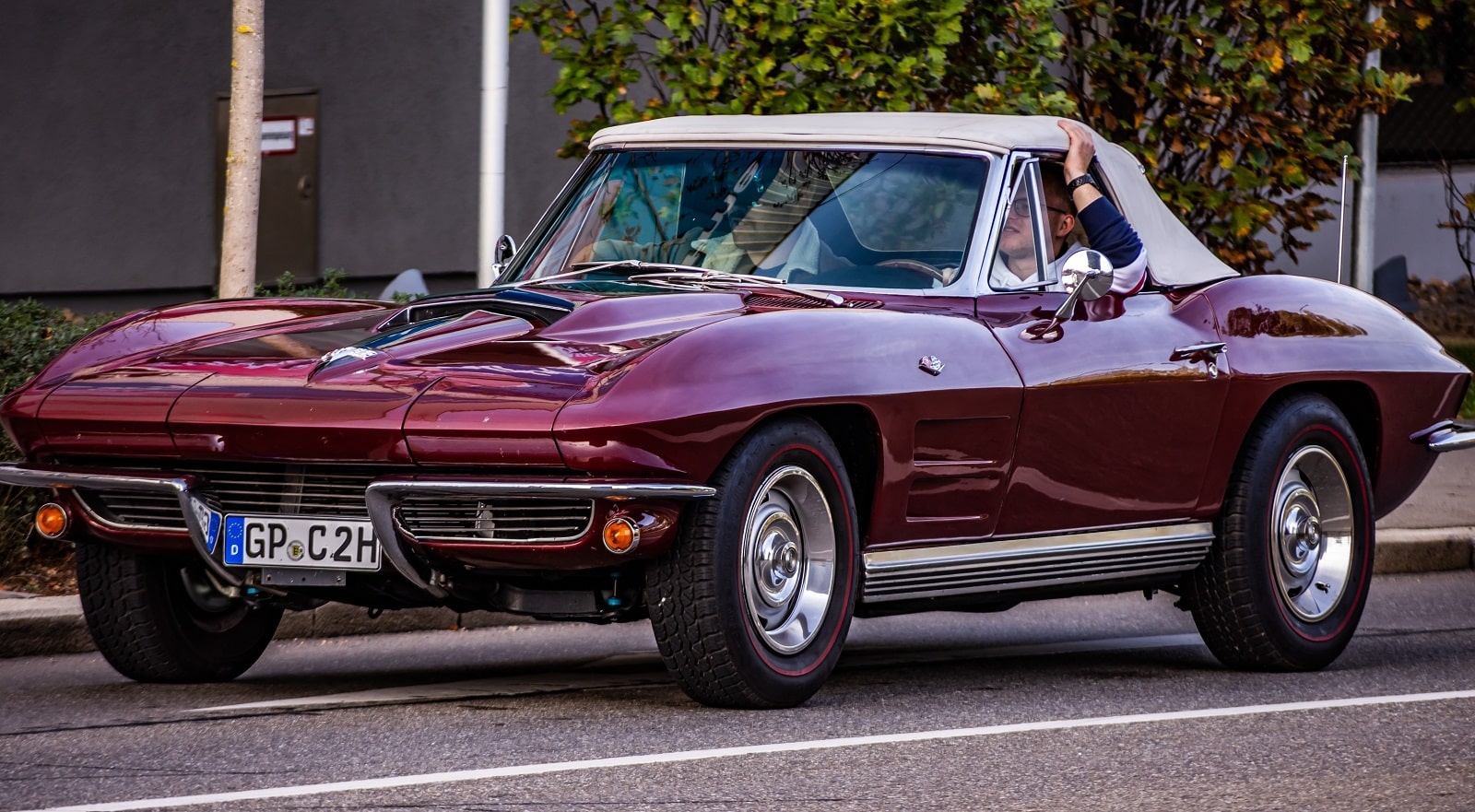
Image Credit: Shutterstock / Krisz12Photo
American classic cars are symbols of their eras, each telling a story of its time and capturing the essence of car culture. Here are ten classics that defined generations. 10 American Classic Cars That Define a Generation
Featured Image Credit: Shutterstock / totojang1977 .
For transparency, this content was partly developed with AI assistance and carefully curated by an experienced editor to be informative and ensure accuracy.

